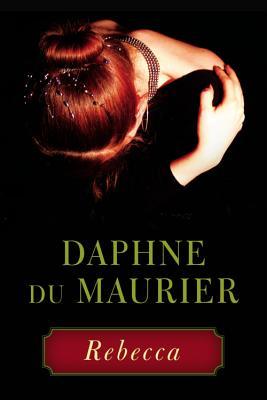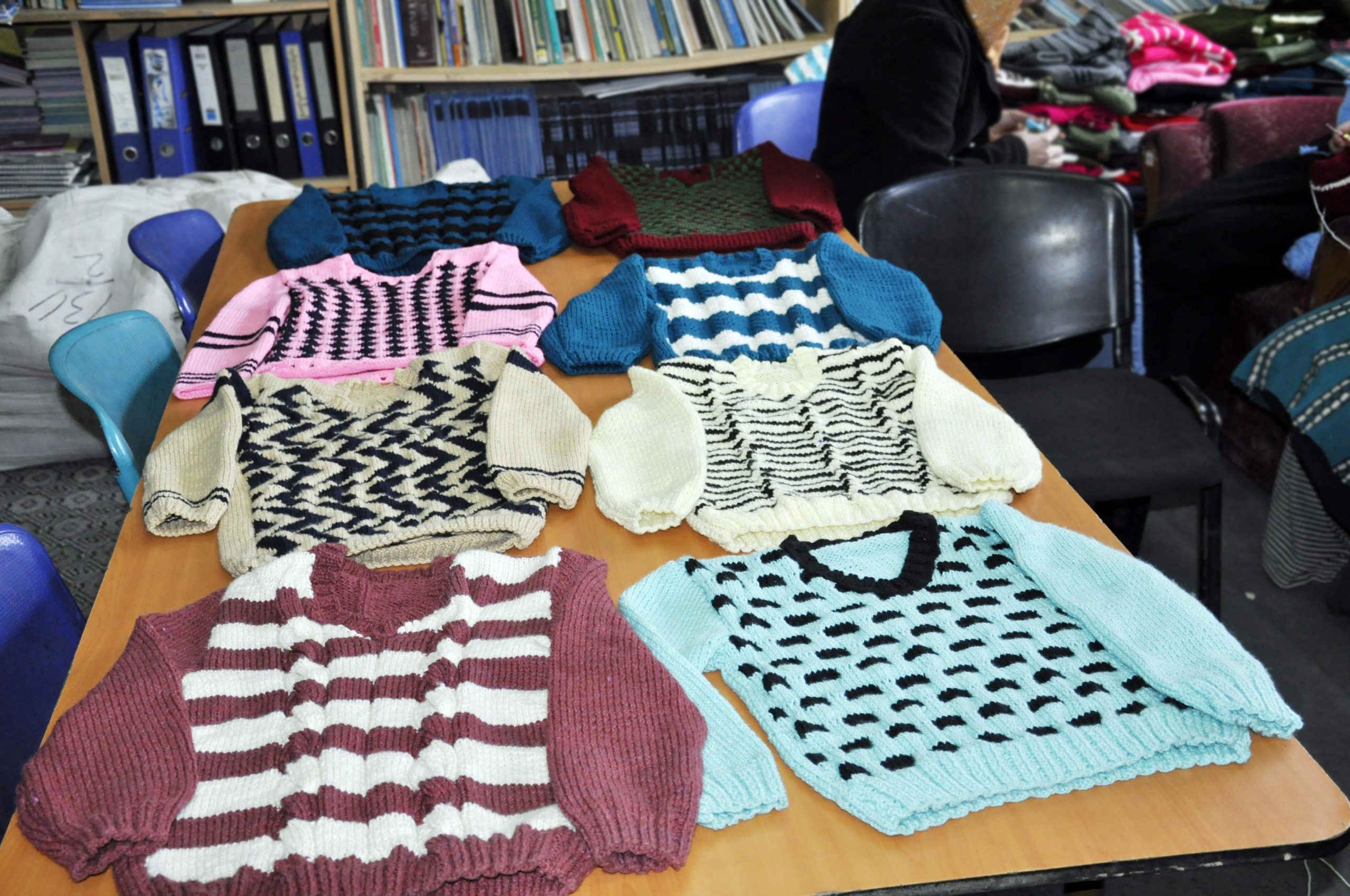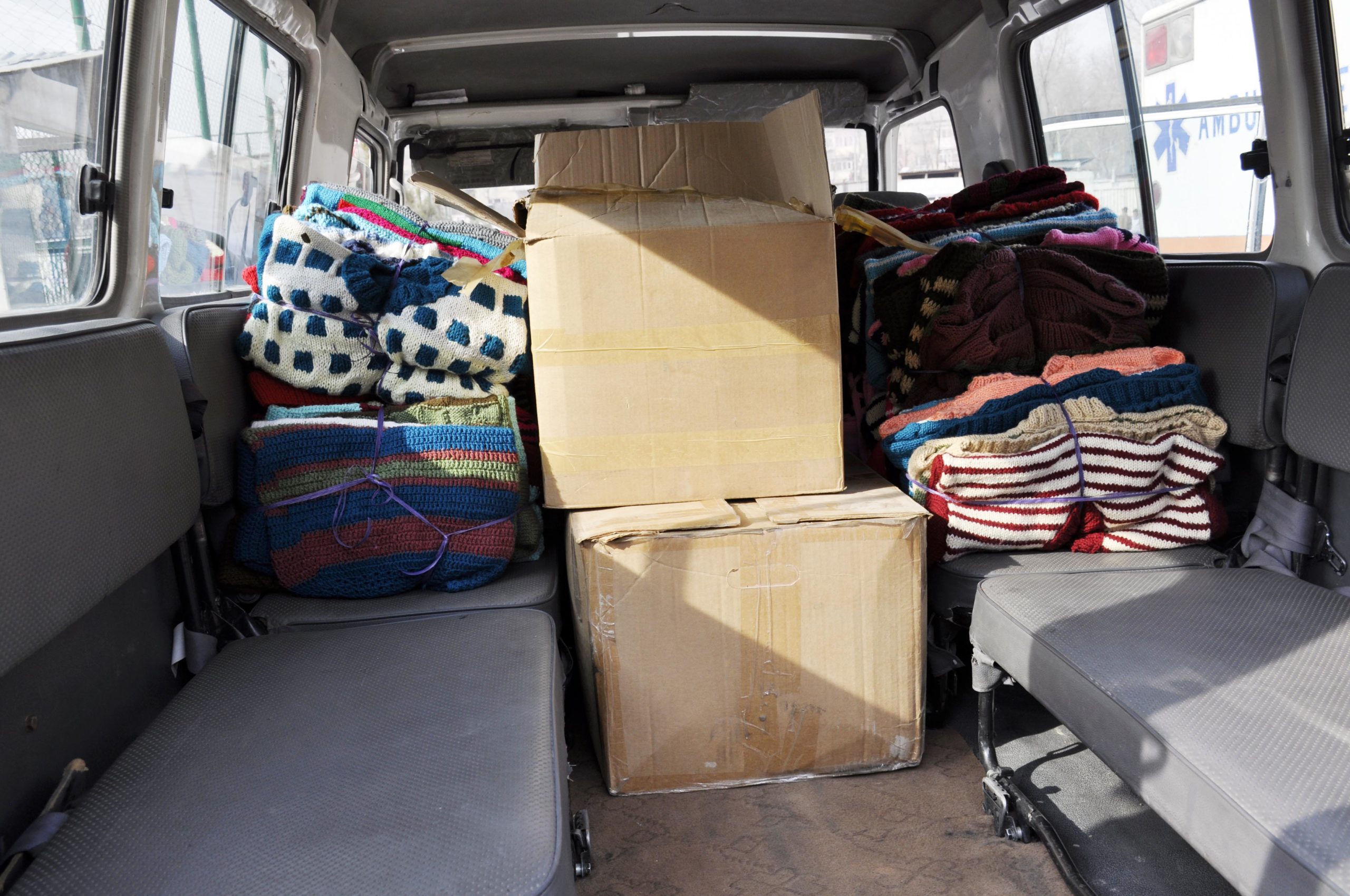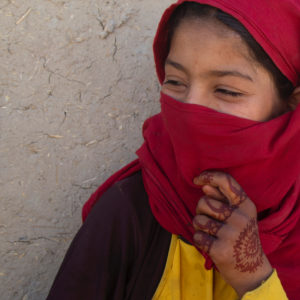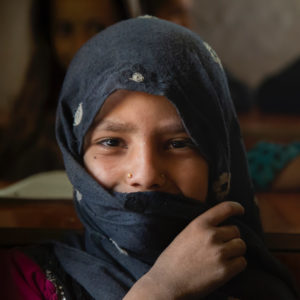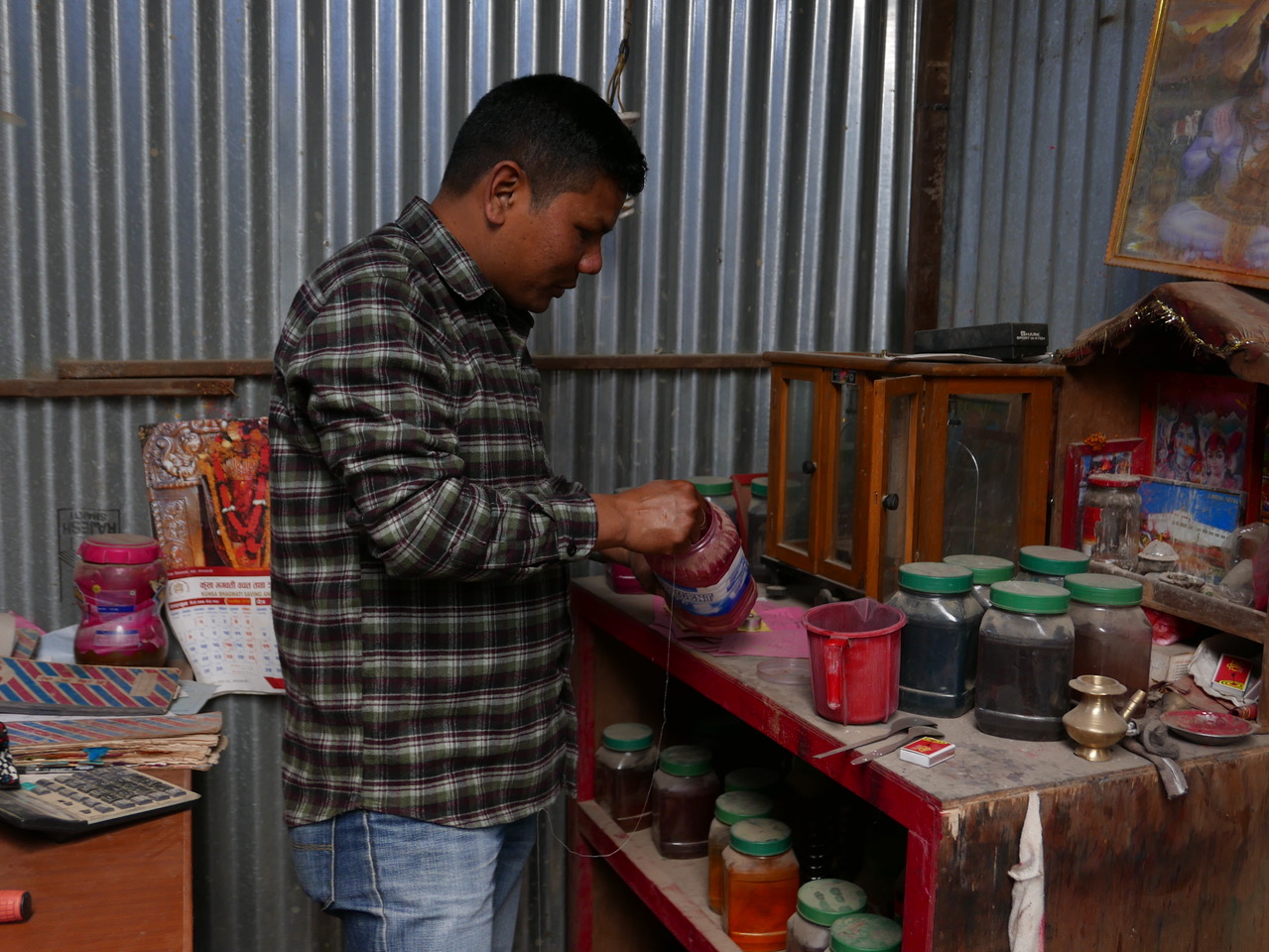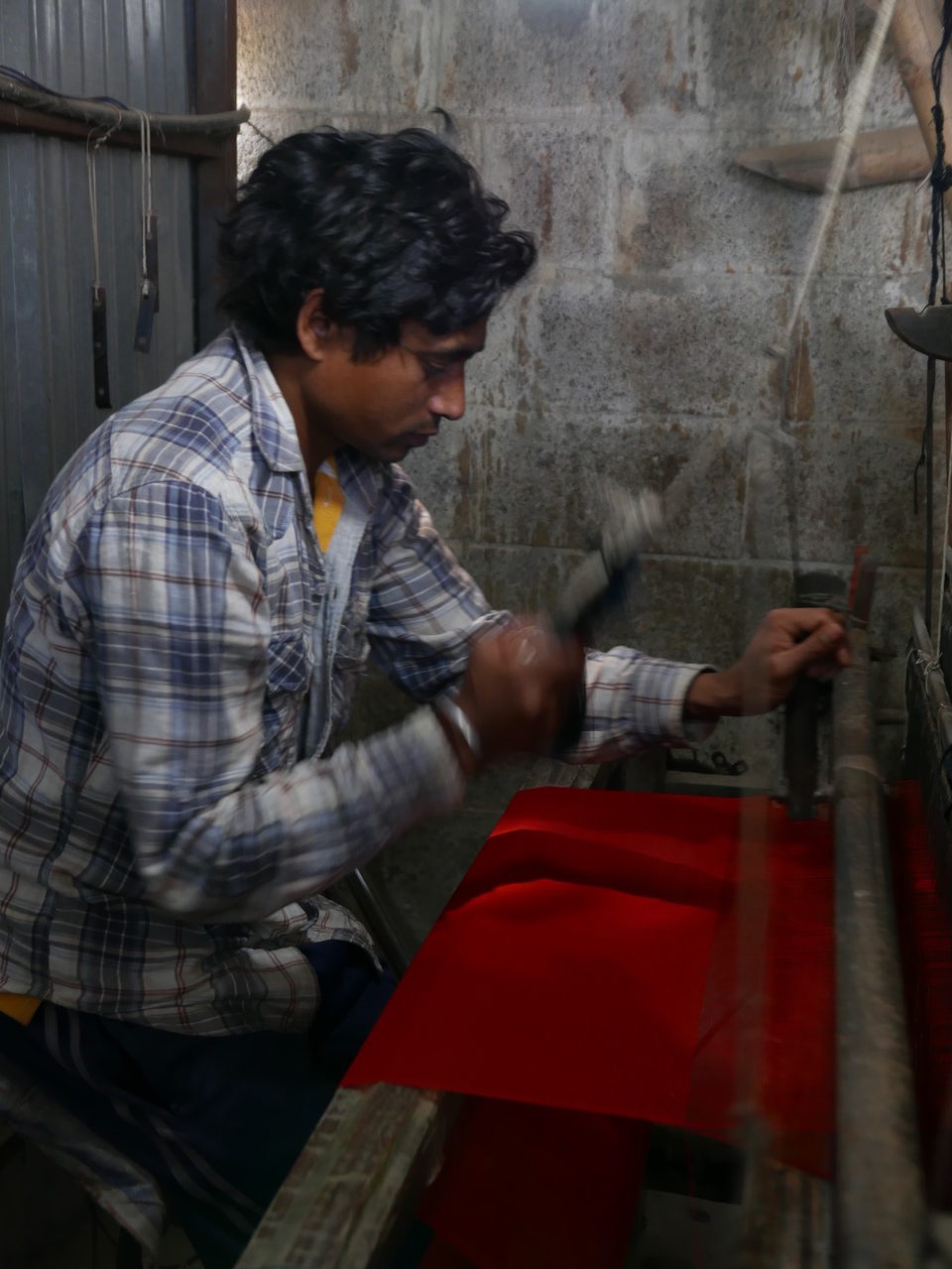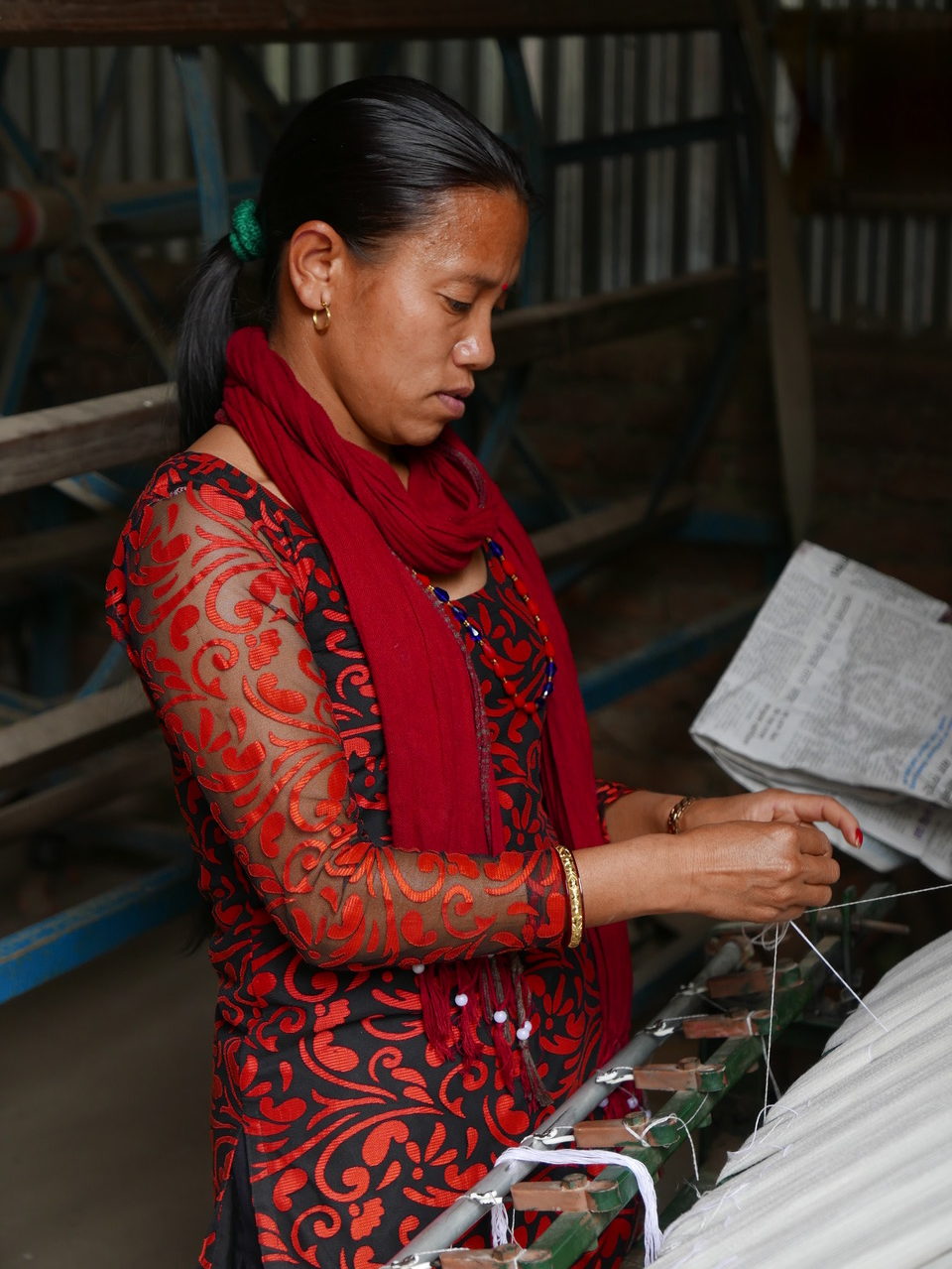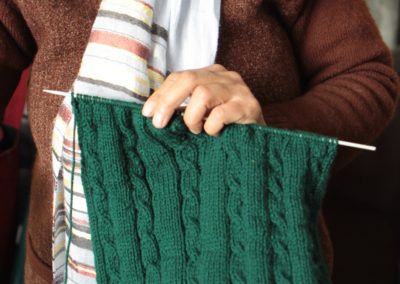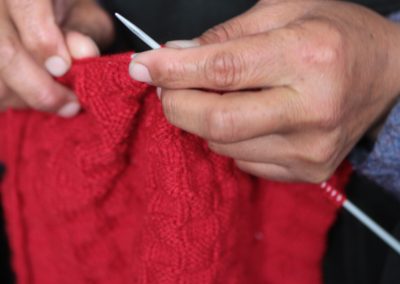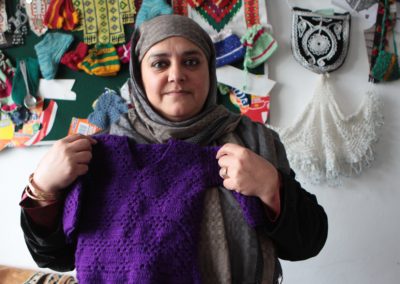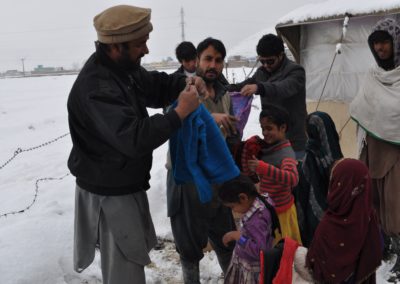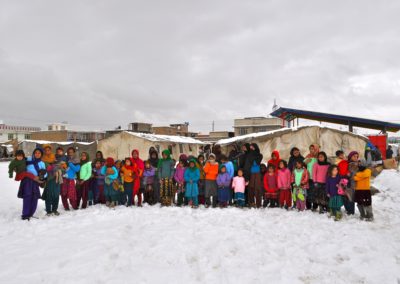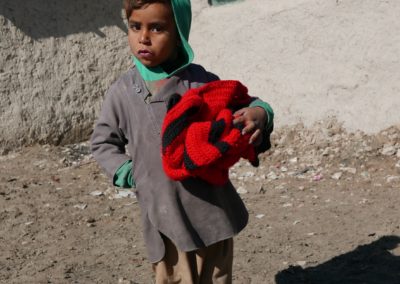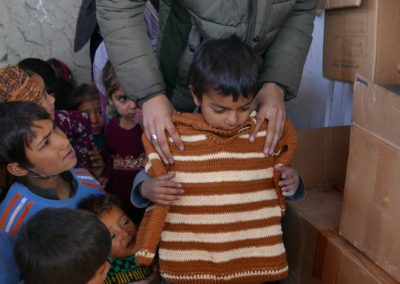by Wendy Summer | Jul 29, 2020 | Uncategorized |
Barbecue – Afghan Style
Who doesn’t love a good BBQ in the summer? How about an Afghan style grill? Our menu includes kebabs, roasted corn, naan and a simple salad. And don’t forget the ice cream for dessert!
Super easy! Super tasty!

Lamb Kebabs
One of our faves!
Ingredients
- 3 tablespoons lemon juice
- 4 cloves garlic, peeled and crushed
- 1/2 cup yogurt (optional)
- Salt and black or red pepper
- 1 teaspoon ground coriander
- 2 pounds boneless lamb, cut into 3/4 inch cubes
- 2 tablespoons vegetable oil
- 2 pieces of naan (available at most supermarkets)
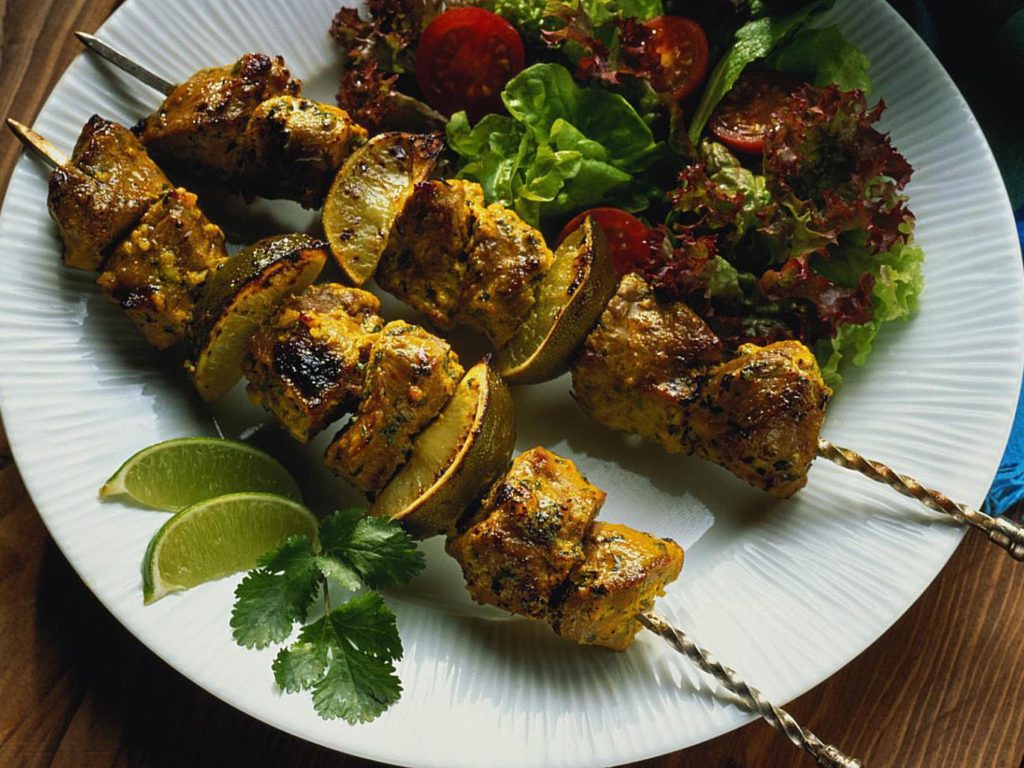
Directions
- Mix the lemon juice, crushed garlic, yogurt, salt, pepper and coriander in a bowl. Add the lamb and oil. Mix well and marinate, covered, in the refrigerator for several hours or overnight.
- Preheat the grill. Thread the meat on to the skewers. Grill, turning frequently, for about 15 to 20 minutes until brown and cooked.
- Place the naan on a large dish, remove the kebabs from the skewers and place them on the bread.
- Sprinkle with a little salt and pepper, garnish with the tomato, onion and lemon, and fold the naan over to keep the kebabs warm. Extra naan can be served separately. A fresh green salad is a wonderful accompaniment.
Grilled Corn
Ingredients
- 4 ears corn, shucked
- Butter, for serving
- Kosher salt
- Preheat grill to high and heat for 10 minutes. (Alternatively, preheat grill pan to high.) Add corn and cook, turning often, until charred all over, about 10 minutes.
- Spread butter over warm corn and season with salt.

Naan – Find great naan these days at your local grocery store.
Brush on melted butter infused with garlic and sprinkle with chopped parsley. Quickly char on the grill — YUM!
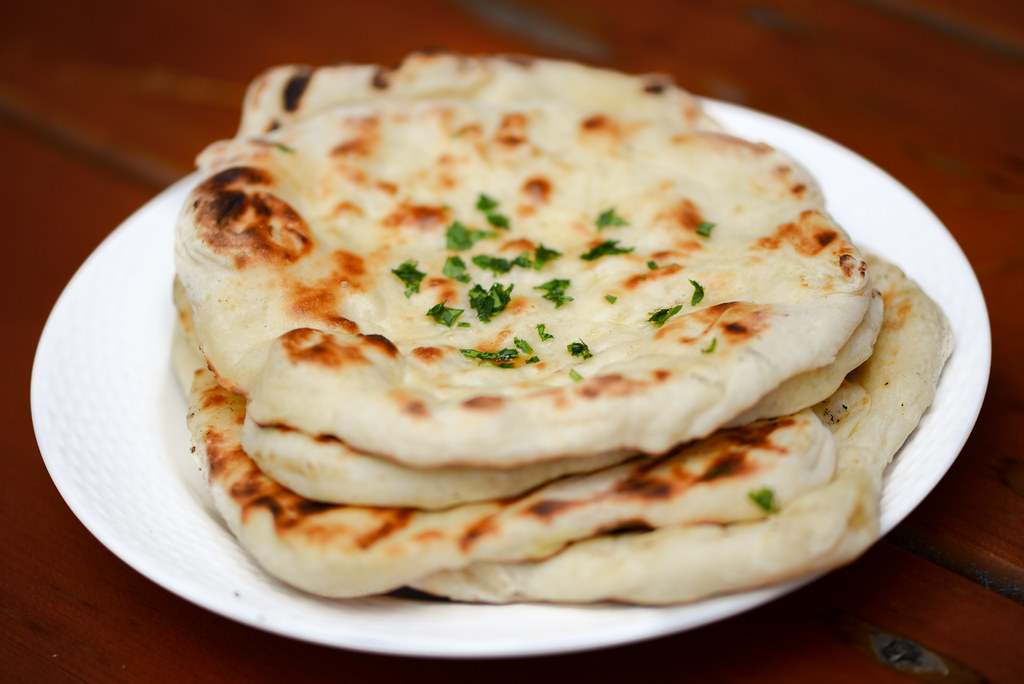
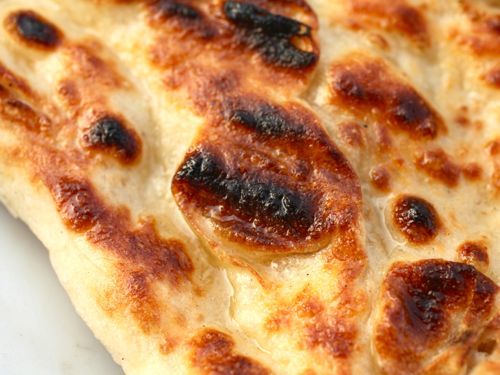
Middle Eastern Summer Salad
Ingredients
- 6 cups romaine chopped
- 1 large tomato chopped
- 4 white radishes thinly sliced
- 1 red pepper diced
- 1 peeled cucumber chopped
- 1/4 cup chopped parsley
- 1/4 cup chopped mint or 2 tablespoons dried mint
- 1 lemon juiced
- 2 cloves garlic grated/crushed
- 4 teaspoons olive oil
- 2 tablespoons za’atar
- salt and pepper to taste
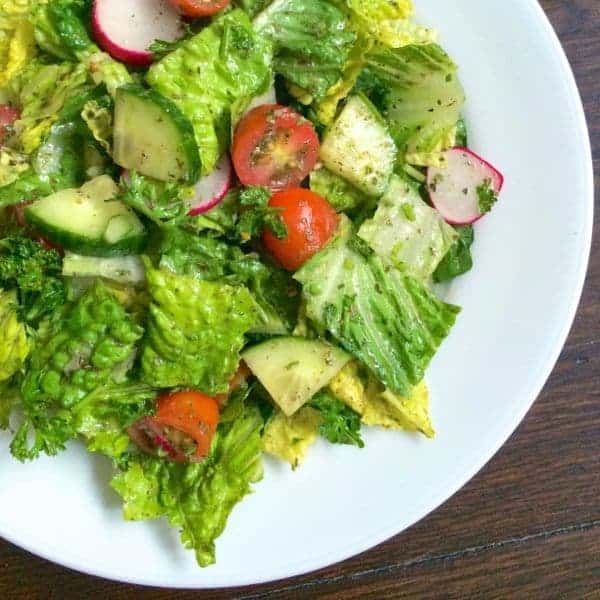
Directions
-
Place your salad ingredients of choice in a large bowl.
-
Add fresh herbs.
-
Squeeze the juice of one lemon around the bowl, carefully holding your opposite hand underneath to catch the seeds.
-
Grate garlic directly over the salad using a microplane.
-
Drizzle olive oil around the edge of the salad (this will help ensure the salad is dressed evenly as you toss.)
-
Using, hands, gently toss the salad together. Sprinkle with zaatar, salt and pepper to taste.

Happy Summertime Eating!
by Wendy Summer | Jun 12, 2020 | Uncategorized |
Oh boy, kulfi! Just the sound of the name makes my mouth water. I had it first many years ago at Tabla in New York and was instantly hooked. The traditional recipe requires lots of simmering, but not this one, courtesy of the NY Times. EASY peasy! Dazzle your friends…and yourself!
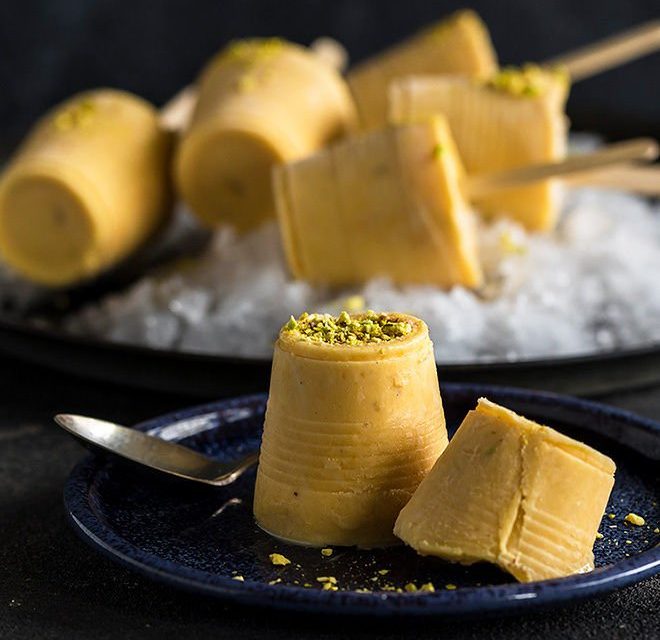
• Serves 12 (more with small-size molds)
• Prep Time:
5 minutes (plus freezing time, 10 hours)
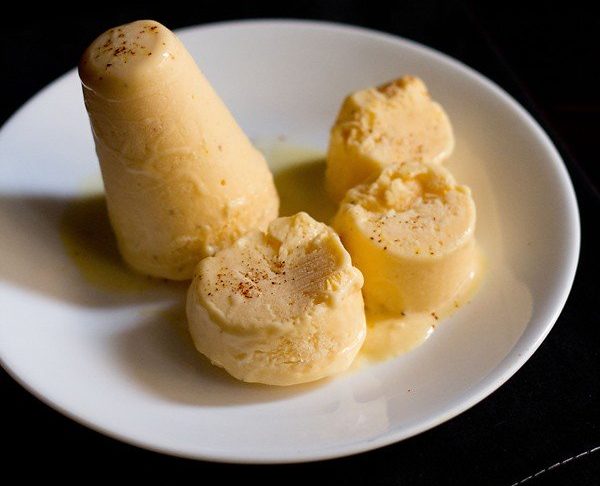
This recipe for instant mango kulfi takes short cuts, using canned sweetened condensed milk and heavy cream. It’s a recipe that has no fixed season, that takes no time to mix up. It’s not authentic. It is delicious!
N.B., I use a quirt of 1/2 a lime in addition to the other ingredients.
INGREDIENTS
• 1 pint heavy cream
• 1 30-ounce can Alphonso mango pulp
• 1 14-ounce can sweetened condensed milk
• zest of 1 lime
• ¼ teaspoon cardamom powder
• 1 pinch salt
PREPARATION
In a large bowl mix all the ingredients until there are no streaks of color, then pour the mixture into a 9- or 10-inch loaf pan lined with plastic wrap (or individual freezer-safe ramekins). Place in the freezer, and allow to set for at least 10 hours, until frozen.
Dip the outside of the pan in warm water, just long enough to release the kulfi. After you’ve used the plastic wrap to help you unmold neatly, throw it away. Slice and serve the kulfi immediately. If you’re using ramekins, allow to sit at room temperature for a few minutes, then serve directly in the bowls.
I sprinkle with some chopped toasted pistachios.

by Wendy Summer | Jun 10, 2020 | Uncategorized |

AHHH…FOR THE LOVE OF BOOKS
Who says there are only beach reads? We love reading in a cafe, sitting on park bench, by the pool or in a cool room. Get started with 3 of our favorites — more suggestions to come.
What books have you enjoyed recently? Please let us know by writing to us at zaanha@gmail.com. We’re always on the lookout for a great read!
***
The Splendid and the Vile by Erik Larsen

One of Chicago Tribune’s Best Books of the Year So Far • “A bravura performance by one of America’s greatest storytellers.”—NPR
“Churchill’s lessons of resilience and his style of steady-handed leadership are essential to the state of mind of American readers.”—Vanity Fair
On Winston Churchill’s first day as prime minister, Adolf Hitler invaded Holland and Belgium. Poland and Czechoslovakia had already fallen, and the Dunkirk evacuation was just two weeks away. For the next twelve months, Hitler would wage a relentless bombing campaign, killing 45,000 Britons. It was up to Churchill to hold his country together and persuade President Franklin Roosevelt that Britain was a worthy ally–and willing to fight to the end. -Penguin Random House
A Woven Life by Jenny Housego, Maya Mirchandani

“Jenny’s resilience of spirit and open candour is evident as she peels away layers of trauma and positivity.”
– Bim Bissell
“I felt I was in her shoes through Iran and Afghanistan on her way to India where we finally met.Her splendid weaves bear witness to her talent, courage and love. A truly wonderful book.”
– Brigitte Singh
“Through her memoir, A Woven Life, co-written by journalist Maya Mirchandani, she takes a trip down memory lane, reminiscing the adventurous journey she undertook from war-hit England to the valleys of Kashmir. This, however, was not the life she had planned while growing up during the Cold War. “I had imagined myself sitting astride the Berlin Wall sending entirely wrong information to both the British and German army, while working as a spy!” she laughs.”-Elle
*Available on Kindle
The Art of Hearing Heartbeats by Jan-Philipp Sendker, Kevin Wiliarty (translator)

“[The Art of Hearing Heartbeats] is a love story set in Burma…imbued with Eastern spirituality and fairy-tale romanticism…Fans of Nicholas Sparks and/or Elizabeth Gilbert should eat this up.” —Kirkus Reviews
“An epic narrative that requires…a large box of tissues.” —Publishers Weekly
“Sweetly tragic.” —Library Journal
The first book in the Art of Hearing Heartbeats series, this is a passionate love story, a haunting fable, and an enchanting mystery set in Burma.
When a successful New York lawyer suddenly disappears without a trace, neither his wife nor his daughter Julia has any idea where he might be…until they find a love letter he wrote many years ago, to a Burmese woman they have never heard of. Intent on solving the mystery and coming to terms with her father’s past, Julia decides to travel to the village where the woman lived. There she uncovers a tale of unimaginable hardship, resilience, and passion that will reaffirm the reader’s belief in the power of love to move mountains. -Penguin Random House
Classic Take
(if you haven’t read them already):
Rebecca and Jamaica Inn by Daphne du Maurier:
“Du Maurier is in a class by herself.” —THE NEW YORK TIMES
“Excellent . . . Perfect . . . Mastery from surprise to surprise.” —CHRISTIAN SCIENCE MONITOR
“Addictive and breathtaking. Its blending of melodrama and subtlety is ingenious. The Cornish setting never quite leaves the imagination.” —THE INDEPENDENT
“This chilling, suspenseful tale is as fresh and readable as it was when it was first written.” —THE DAILY TELEGRAPH
Rebecca;
Last night I dreamt I went to Manderley again . . .
The novel begins in Monte Carlo, where our heroine is swept off her feet by the dashing widower Maxim de Winter and his sudden proposal of marriage. Orphaned and working as a lady’s maid, she can barely believe her luck. It is only when they arrive at his massive country estate that she realizes how large a shadow his late wife will cast over their lives–presenting her with a lingering evil that threatens to destroy their marriage from beyond the grave.
Jamaica Inn:
The coachman tried to warn her away from the ruined, forbidding place on the rainswept Cornish coast. But young Mary Yellan chose instead to honor her mother’s dying request that she join her frightened Aunt Patience and huge, hulking Uncle Joss Merlyn at Jamaica Inn. From her first glimpse on that raw November eve, she could sense the inn’s dark power. But never did Mary dream that she would become hopelessly ensnared in the vile, villainous schemes being hatched within its crumbling walls — or that a handsome, mysterious stranger would so incite her passions … tempting her to love a man whom she dares not trust.

by Wendy Summer | Jun 5, 2020 | Uncategorized |
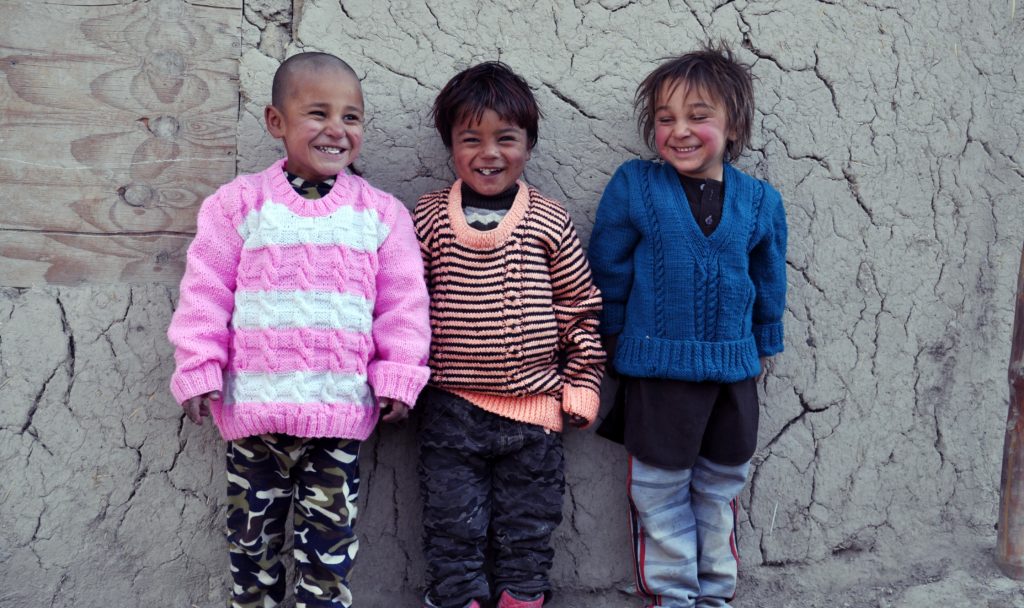
It’s a program started by Zaanha Fund. The Sweater Project pays Afghan women to knit sweaters for Afghan kids, kids who must work on the streets to earn money for their families. The women purchase yarn for the sweaters at local bazaars, and this provides an income for the store keepers.
***
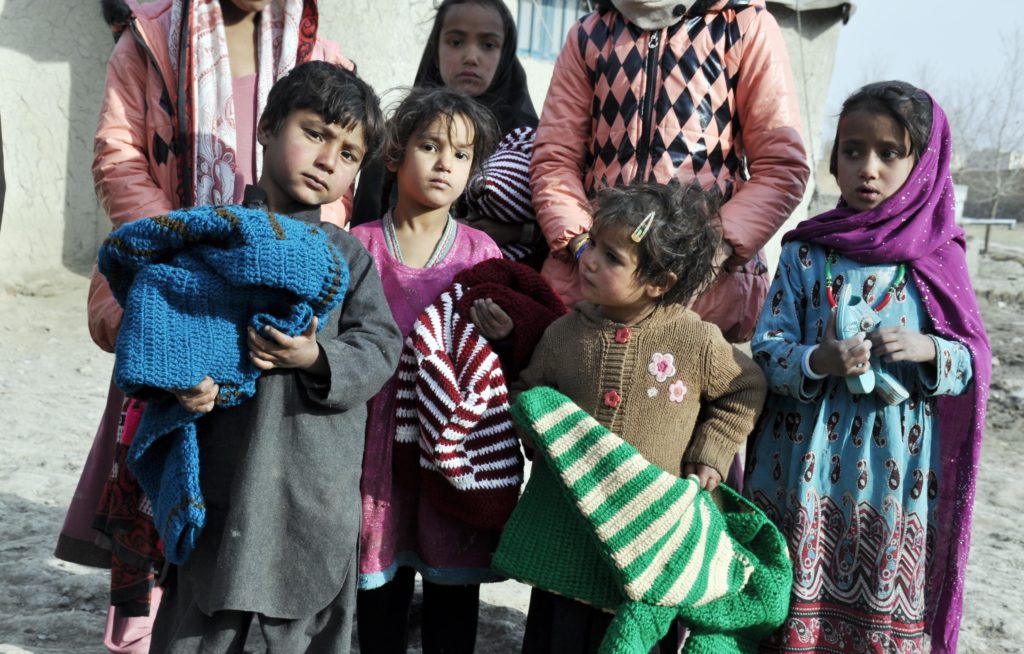
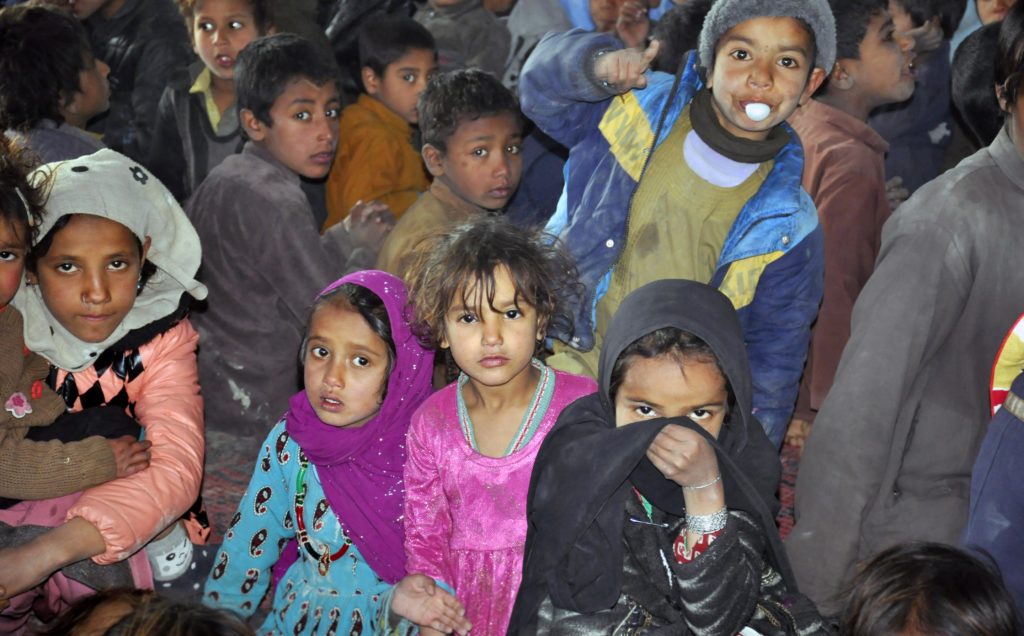
Why does the Sweater Project matter?
Because children matter.
Thousands of Afghan kids in refugee camps don’t have the luxury of a home with heat or warm clothes. $20 buys a child a new sweater. And a warm sweater will keep these children from freezing when temperatures plunge in the cold winter months.
***
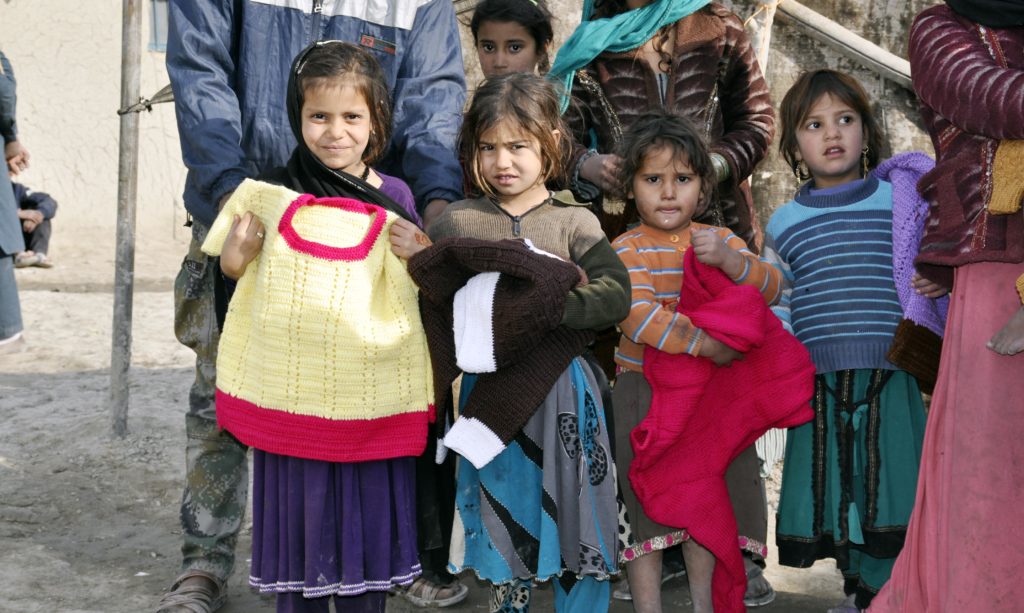
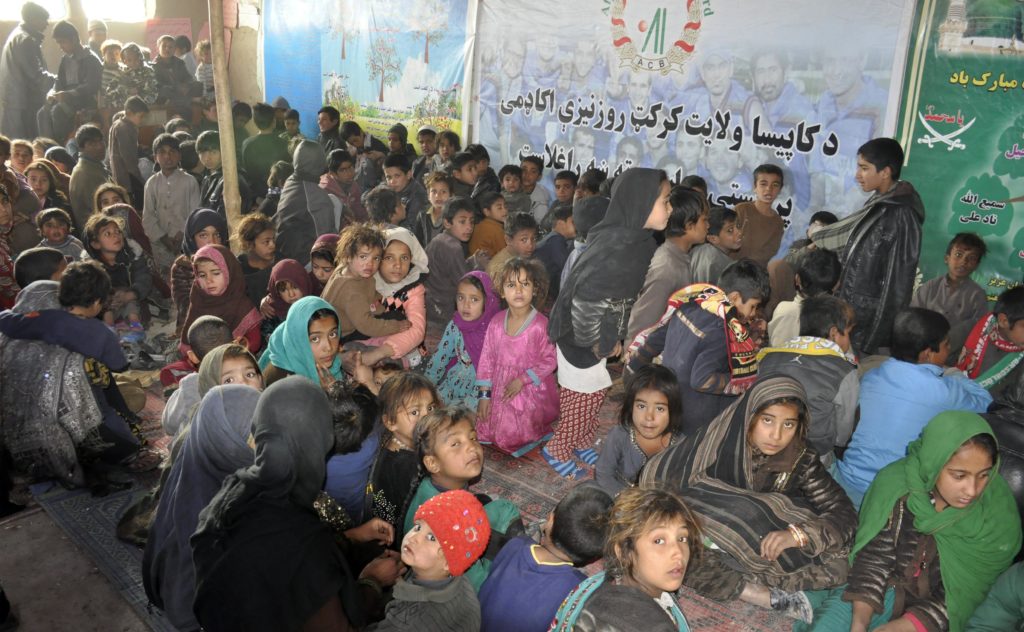
Why now?
Women need to start knitting now so that the sweaters will be ready when it gets cold. There are thousands of children who will cherish a new sweater.
Gift a sweater now!
***
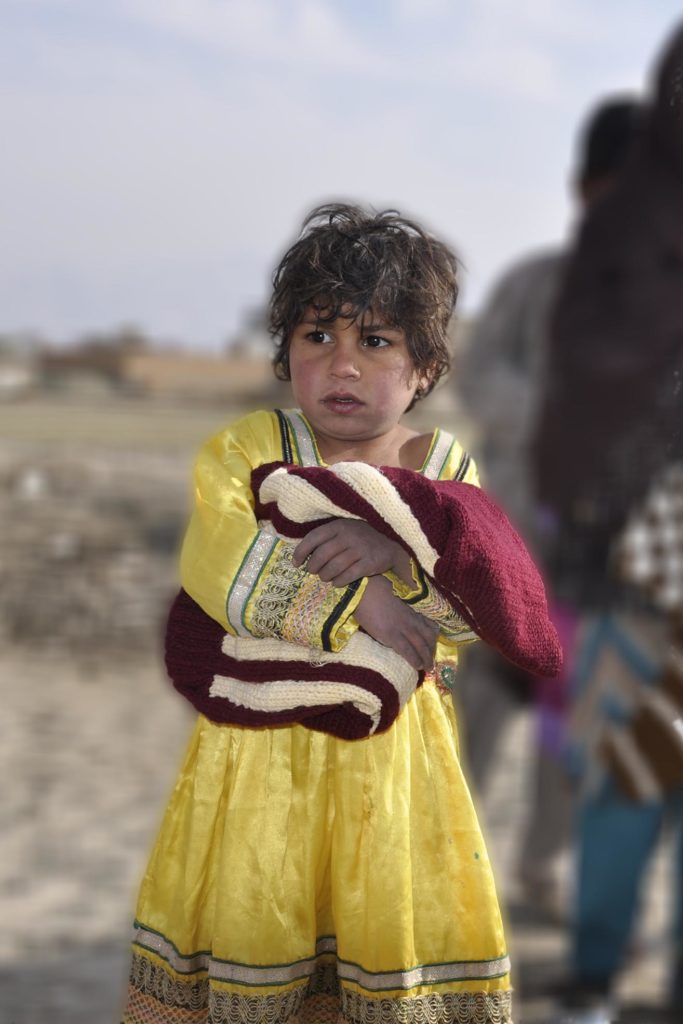
by Wendy Summer | Mar 3, 2020 | Uncategorized |
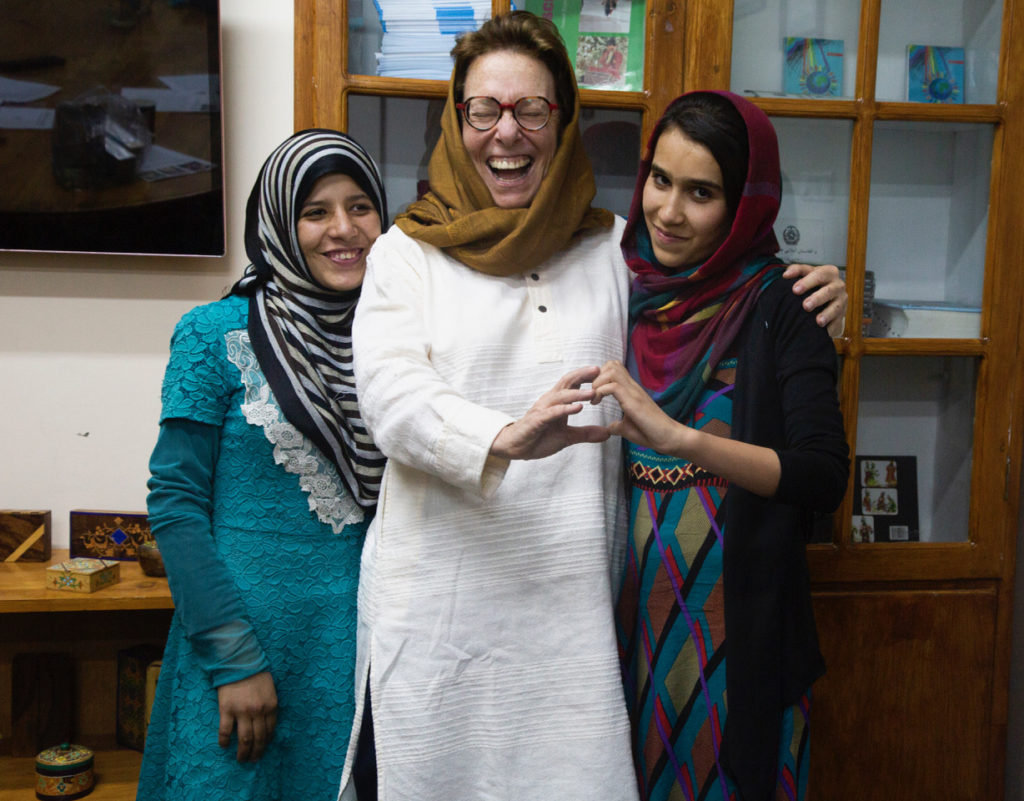
Women in Afghanistan face many obstacles. Crushing poverty and a culture that values men’s education over women’s are just two. Girls, especially those living in rural areas outside of major cities, are not allowed to travel alone into the cities for special classes. Thus, there are very few Afghan girls who have English language or computer skills.
Roya’s School, started by ZAANHA Fund almost 9 years ago, gives high school girls living outside of major urban areas the chance to learn English and use computers – tools that are essential for finding decent employment.
So far, between its locations in Kabul and Mazar-e-sharif, Roya’s School has graduated 93 students. Some of its graduates are now enrolled in medical school; others are currently employed as teachers. Still others are starting university – all made possible because of the skills they learned at Roya’s School.
Many graduates of Roya’s School have elected to enter university under the English-speaking faculty, rather than Afghan. Imagine trying to take your college courses in a second language! Meanwhile, some current students prepare to take TOFEL (Test of English as a Foreign Language) courses, to enter English-speaking universities.
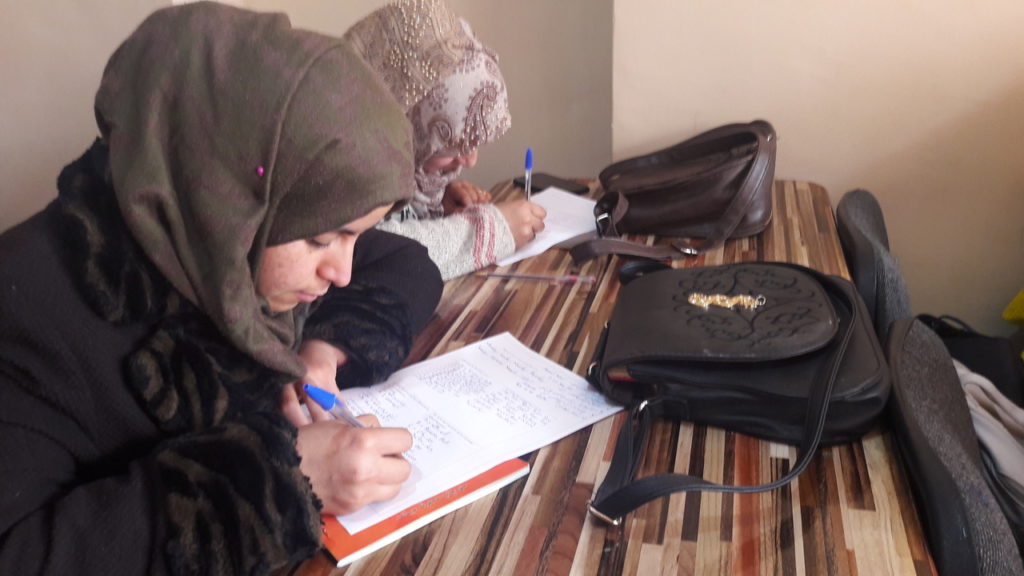
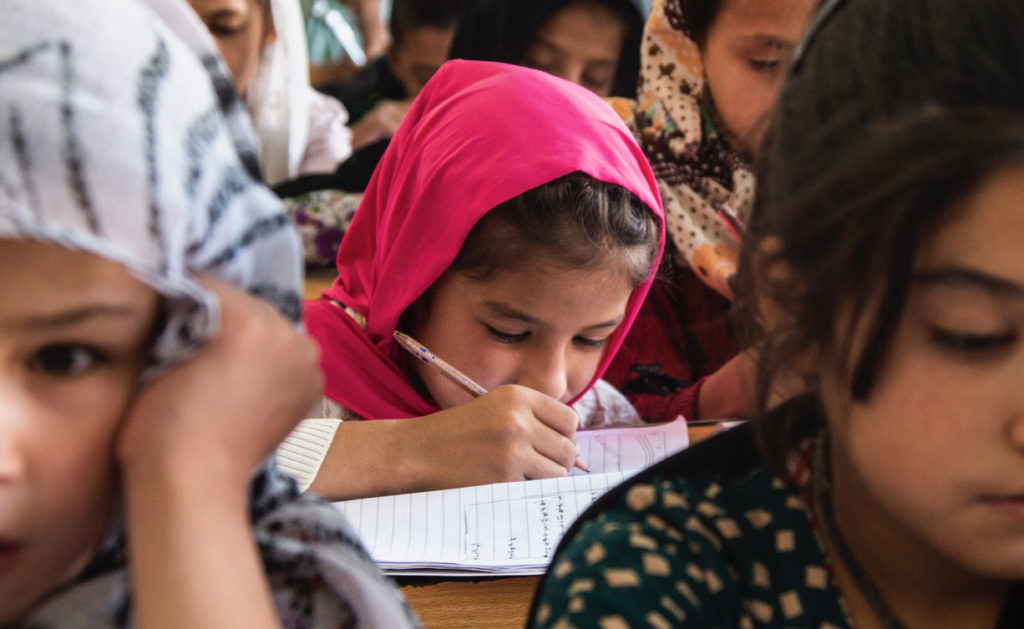
Stay tuned for some of the girls’ individual stories, which we are excited to share. We believe they will inspire you!
by Wendy Summer | Sep 29, 2019 | Uncategorized |
Zaanha’s story has many parts.
One essential component is the skilled master artisans with whom we proudly work. These hard-working small business owners in Nepal and India employ and support their local communities.
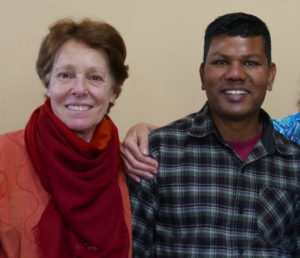
Meet Babu Ram. Babu Ram’s studio is responsible for our best-selling basketweaves, our four-colored rectangles, and more. This is Babu Ram’s story about how be came to start his own business.
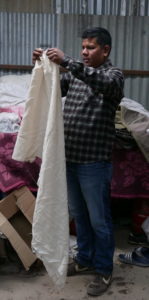
ZH: What did you do before starting your own business?
Babu Ram: Before starting my own business, I worked for almost thirteen years in one of Nepal’s largest pashmina suppliers. I started at the bottom and eventually moved up to being the Sales and Export Manager.
ZH: How did you begin your business? Was it a difficult process?
B: I am originally from Eastern Part of Nepal. I came to Kathmandu to study. When I arrived, I got a job in a local store that sold pashmina products, and there I became fascinated with all aspects of production. I completed my Masters degree in English in 2010. In 2011, I started an EMBA (Executive Master of business Administration in Marketing), where I took business courses.
Before I started my business, I did a lot of research and collected a lot of pictures of cashmere products. I then sent those pictures to many of my international customers, in Belgium, France, Germany, and to Zaanha in the US. I received positive feedback and established my own Pashmina studio in 2011.
With my years of work in the field, I was already well-acquainted with the various processes such as weaving, coloring and dying. During my training for my Masters degree, my professors encouraged me to start my own business.
People think it is so easy to start a business, but it’s actually very difficult. Starting a business takes an investment of time as well as as money, and great courage to go off on one’s own. Before I started my business, I wrote 50 correspondents to different international customers who I knew, and received barely 15 positive responses. I am truly thankful to them who helped me in each and every step to establish and expand.
ZH: What’s an average day like for you at work?
BC: When I first started, I had to work almost 12 hours a day. Nowadays I continue to work 10 hours a day. Since I control all product production from my company, I need to check the quality and finishing for each.

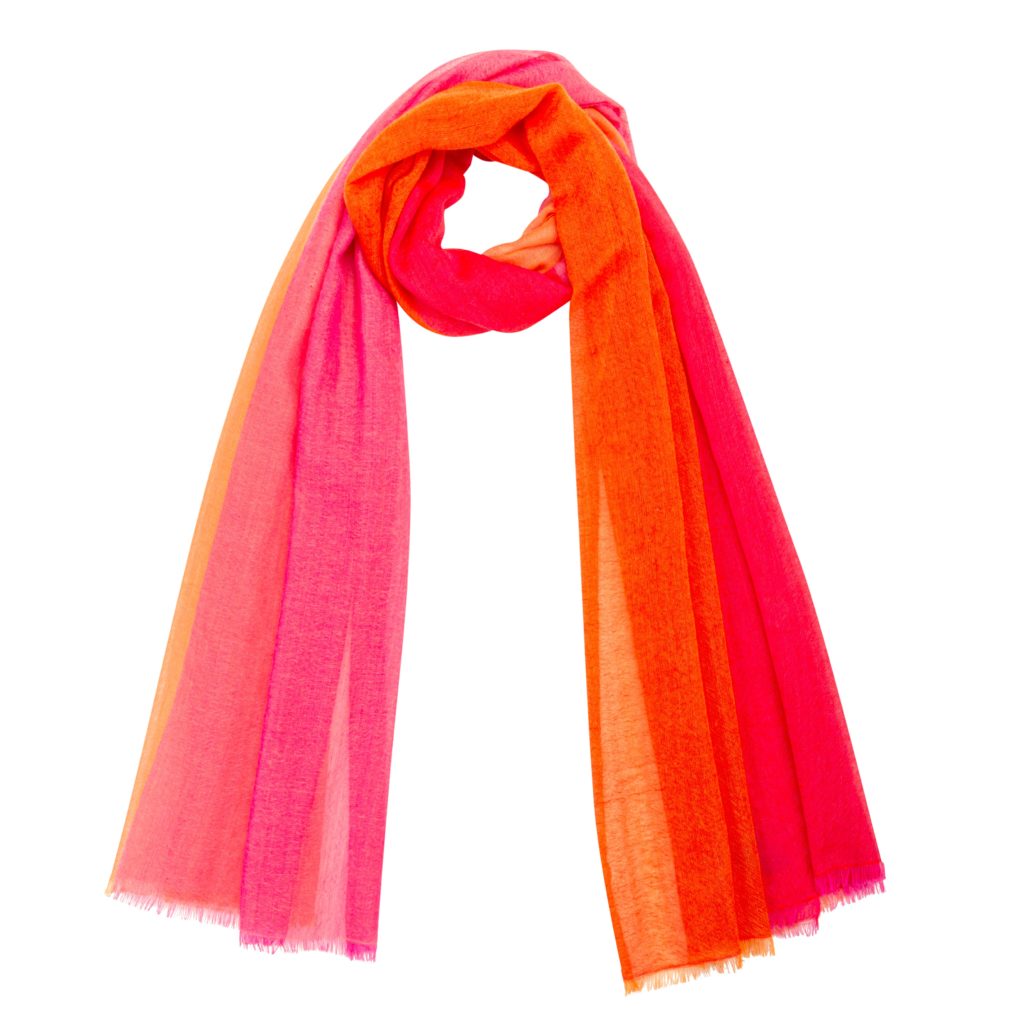
ZH: You make basketweave scarves that Zaanha sells. Can you tell me a little about the process of creating them?
BC: For the basketweaves, we set up the loom using silk for the warp, then use the finest 100% cashmere for the weft. A basketweave stole is featherlight, weighing in at about 5.5 ounces. When the weaving process is completed, the scarves move on to the dying process
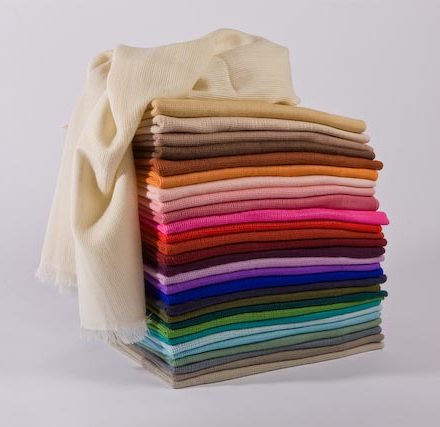
ZH: Where do you get the materials for the scarves?
BC: We use cashmere from inner Mongolia.
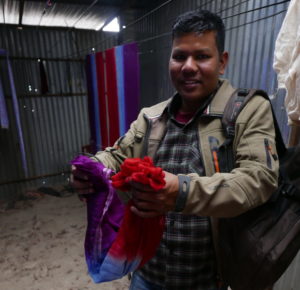
ZH: Is there anything else you’d like people to know about you or your business?
BC: Though cashmere is not my family business, my work experience in this industry has helped me to establish my own company. When I set up my company, the initial investment was one million Nepalese Rupees (about $9,000), with two hand looms. Now I have around ten million NP in investment and five looms.
One piece of advice I can offer to anyone trying to start their own business is remember to that your most important commodity is the service you offer your customers. Always focus on customer service.
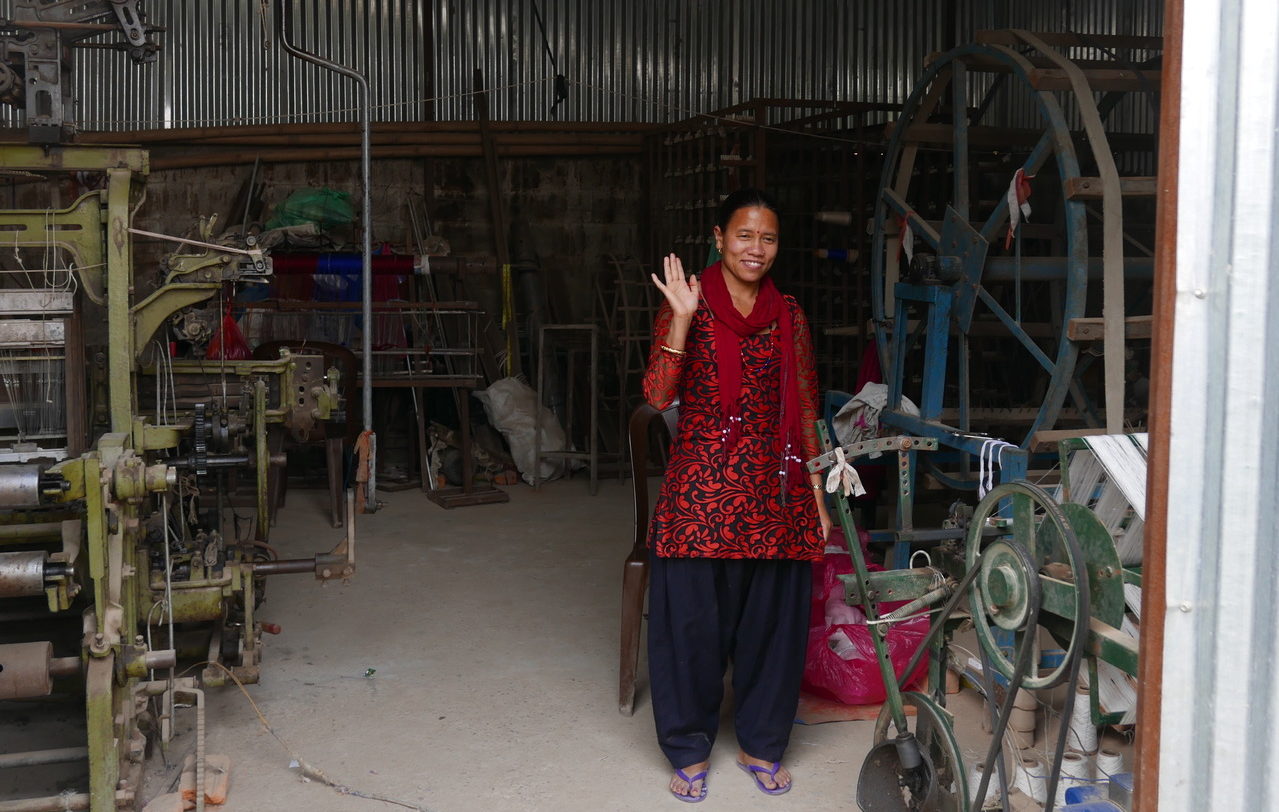
by Wendy Summer | Mar 15, 2017 | Uncategorized |
Life is harsh for Afghan working street children especially during sub-zero winters and many children are without proper footwear as well as having only think cotton clothing. They face incredible hardships during the frigid winter months.
One young girl who couldn’t work outside for two days because of the cold was forced to go without food at for those two days. Going to school in unheated classrooms is impossible. Despite these conditions, the children are still expected to work outside during the winter to provide for themselves and their families.
What could we do to help as many Afghans as possible? The Sweater Project was born. Here’s how it works:

Little Girl Selling Tea

The feet of some children living in a refugee camp

Girl in Refugee Camp
One young girl who couldn’t work outside for two days because of the cold was forced to go without food at for those two days. Going to school in unheated classrooms is impossible. Despite these conditions, the children are still expected to work outside during the winter to provide for themselves and their families.
What could we do to help as many Afghans as possible? The Sweater Project was born. Here’s how it works:
- ZAANHA purchases yarn at the local bazaar in Kabul thus giving business to the shopkeeper, which allows him to pay his rent and support his family. $7.50 buys yarn for one sweater.
- The yarn is taken back to a center for working street children where there are women and girls who are without jobs and know how to knit. The center provides a warm and safe environment where the women can knit sweaters for which they are paid $10 a sweater.
- The center is paid $2.50

Buying the Yarn

What a Great Selection!
Children Gathering to Get New Sweaters
And it is not only the yarn sellers, the women and girls who knit and the working street children who benefit– The $20 donation for one sweater affects the family members of all of these people — approximately 30 people’s lives are impacted by the purchase of one sweater.















